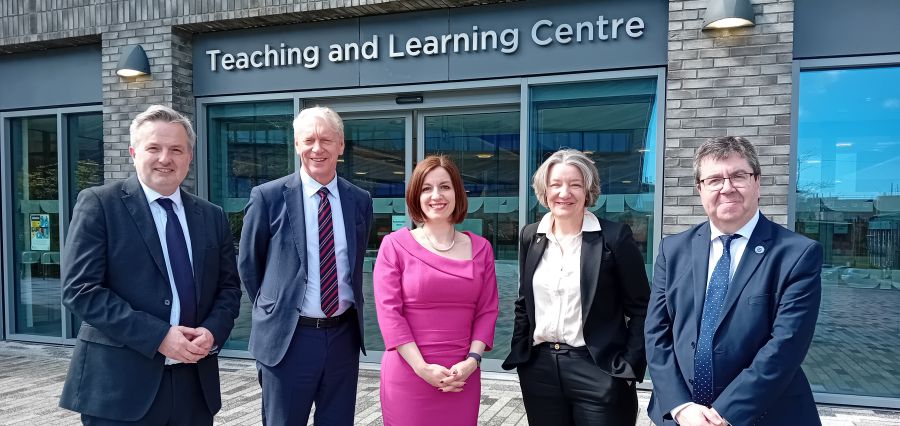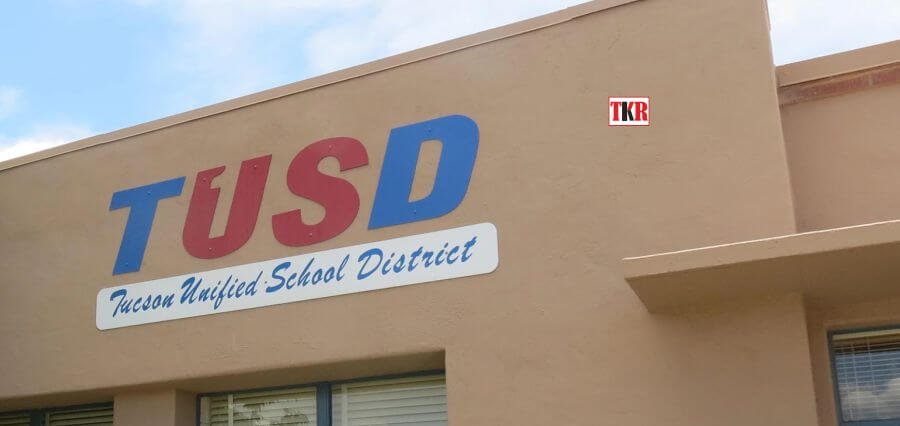For every new teacher, it is essential to come up with a concrete plan of formulating a curriculum which focuses on enhancing the students’ abilities and development of the institution as a whole. Each of them has to face the common challenge of completing the course contents in most effective and engaging way throughout the year. It may sound complicated at first, but proper planning and dedicated efforts can assist in accomplishing the objectives with ease. Curriculum mapping can simplify procedures for teachers and help them in setting realistic expectations for the students and simplify teaching procedures over a given period of time.
Constituents of a Carefully Designed Classroom
Before starting with a classroom session, teachers have to consider several things. They need to have a clear idea of their own expectations, without which they will not be able to develop an engaging curriculum which is equally developmentally appropriate. The following elements should be kept into consideration while preparing a course curriculum:
Understanding Students’ Abilities: For any teacher, it is crucial that they develop proper understanding of the students’ abilities before planning the curriculum. Gathering prior information about the students, their study styles, behavioral patterns, and so on, can help in developing a clear picture and the effective measures to interact with them. For example, if a teacher is scheduled to start classes in the month of August with new learners, it will be helpful if they start setting assignments for those students beforehand. For better outcomes, they have to determine whether the students are on grade level‒ or ahead of or behind grade level. This will give details about the relevant skills of different students and their various needs.
Initiatives towards Student and Institutional Development: Teachers can have a conversation with the concerned authorities of the institution. This will help them to get a clear idea of what is expected from them as a professional. Every administrator has their own way of maintaining a certain institutional culture. Accordingly, they may want their staff and teachers to focus on helping the students develop their curricular and co-curricular skills. An honest conversation with the authority is essential as it will help teachers to communicate about their decisions and ideas in a critical manner.
Moreover, during the conversation, teachers can clarify their queries about the school’s initiatives that need to be prioritized in the classroom. The school may ask the teachers to assign the students exercises like non-fiction passages, building math and logical thinking, vocabulary acquisition, and so on.
Study Materials and Pace: Textbooks are just an initial resource towards the journey of attaining educational excellence. And for new teachers, textbooks can play the role of a guide. They can provide the basic idea of expectations for learning, along with quality vocabulary content and various other research-driven contents. However, they do not know exactly possess the ability to measure a student’s needs. This is where teachers can play an important role. They should maintain flexibility and incorporate innovation into daily classroom sessions. This will make each session full of life and interesting, while imparting quality education to the students.
Related: Mind Mapping Techniques for Teachers
Additionally, if teachers set high expectations right from the beginning of the session, it encourages productivity in the classroom, while setting high expectations for the students. This procedure not only sets high expectations right from the start, but also assesses, which academic content the students are struggling with. It provides opportunity to analyze and modify classroom management and instructional strategies to meet varied demands of the students. It may take some time for novice teachers to get a hold of different teaching techniques, but with constant practice and regular sessions, they can emerge as seasoned professionals.
Setting Learning Expectations
While planning classroom sessions, teachers consider their expectations for the students. Gathering proper information about all the students, their learning needs, their strengths, weaknesses, and so on, can be beneficial. Moreover, they have to differentiate learning materials as per the learners’ needs, which may pose a challenge in the first couple of years of teaching. Accordingly, teachers have to prepare sessions in such a way that each student is given equal attention. They should also make sure that while designing learning goals, struggling learners are given as much access to the content as possible.
Providing Scope for Flexibility
Teachers should always maintain curriculum flexibility. Sometimes they may face difficulty in preparing lesson plans and realize that a lot of time has been spent in planning instructions. At such times, they should realize that such instances also often happen to veteran teachers. They should always accept flexibility and change with open arms.
Teachers should scrap and replace the lessons plans that are not working. If the students are not understanding a certain topic, they should approach it in a different way, while making it interesting and engaging. For new teachers stepping into the profession of education becomes a bigger shoe to fill. At times, they may doubt themselves and question their abilities. However, constant dedication to their craft and focus on educating students for better outcomes, can bear better results.
– Ananda Kamal Das









